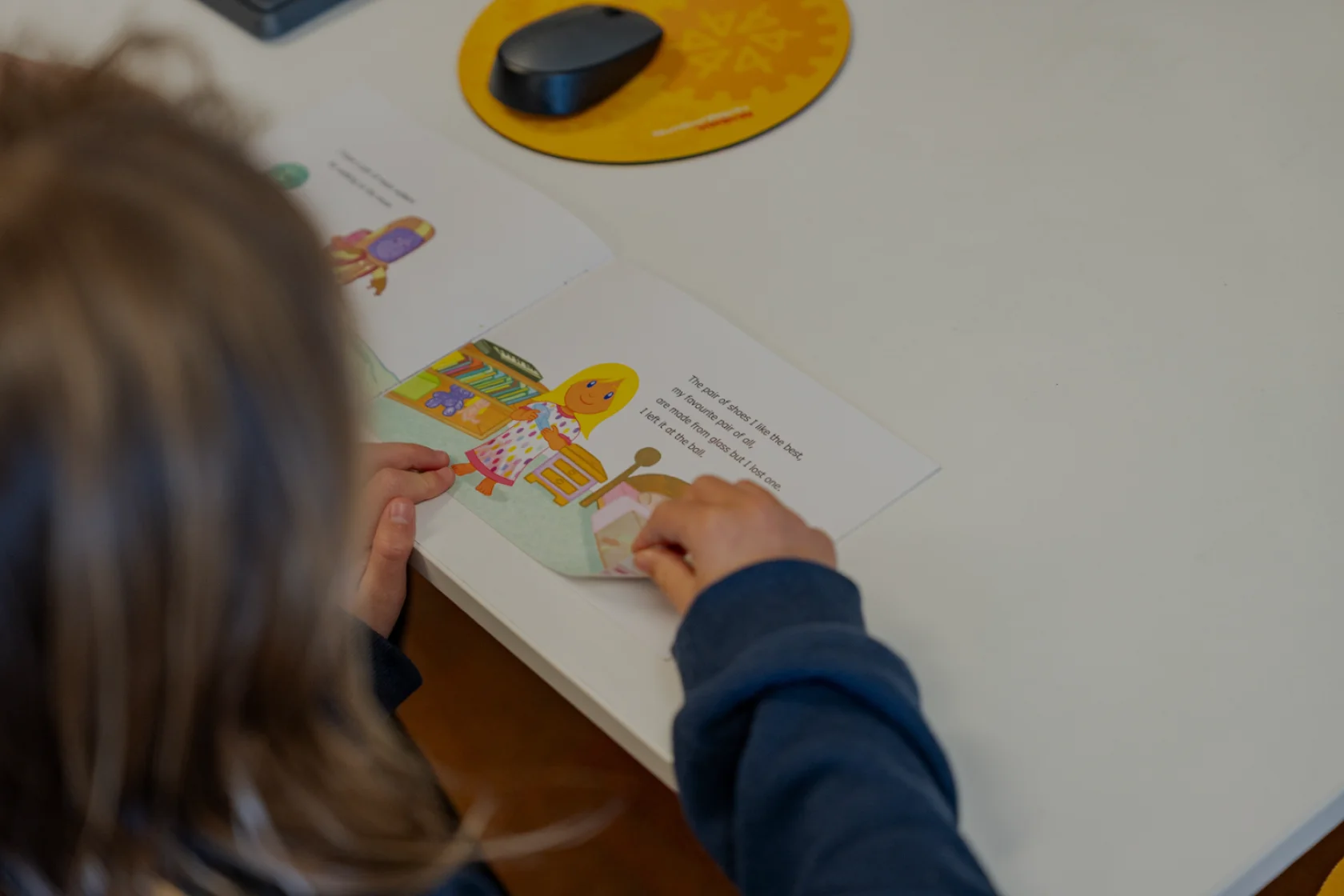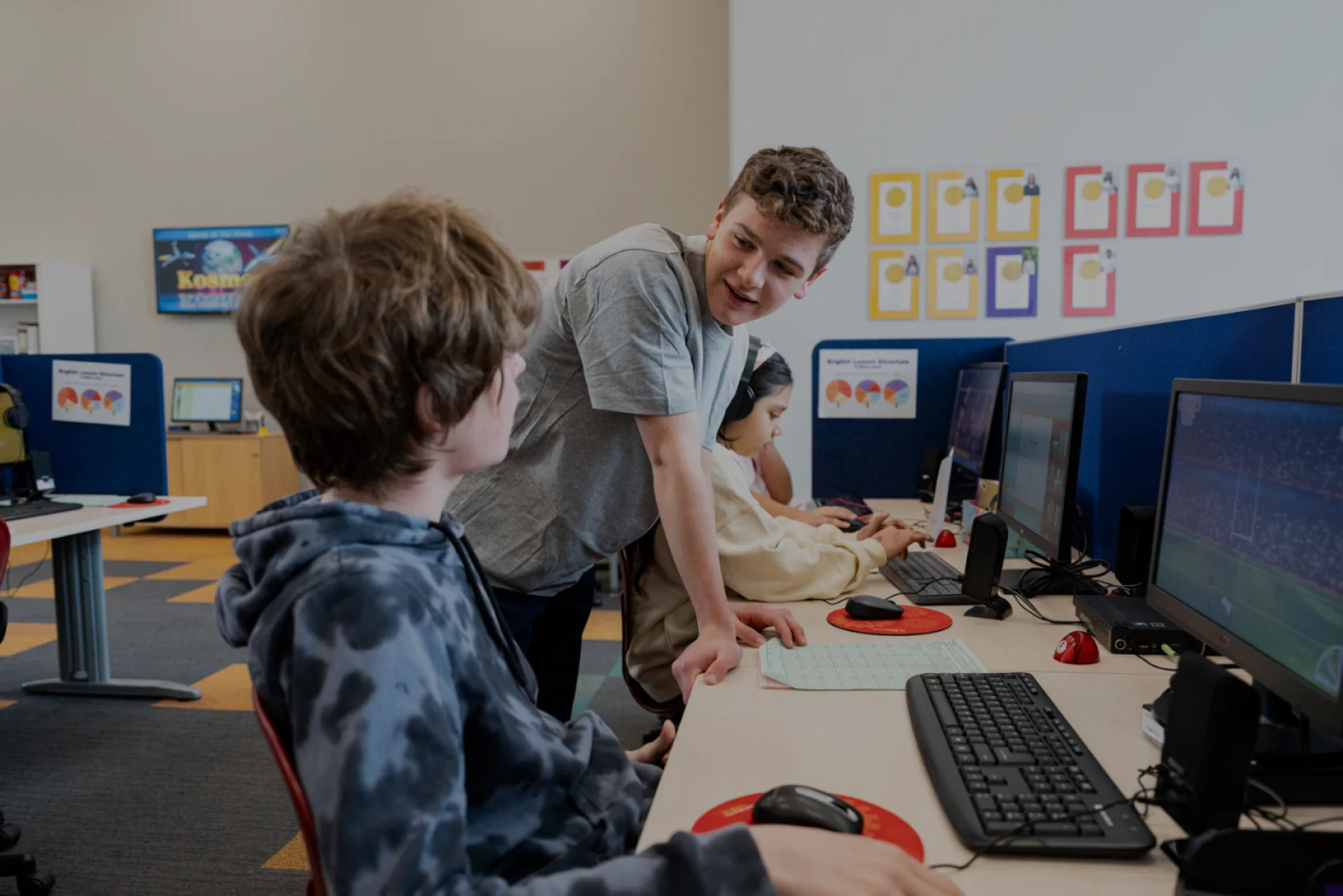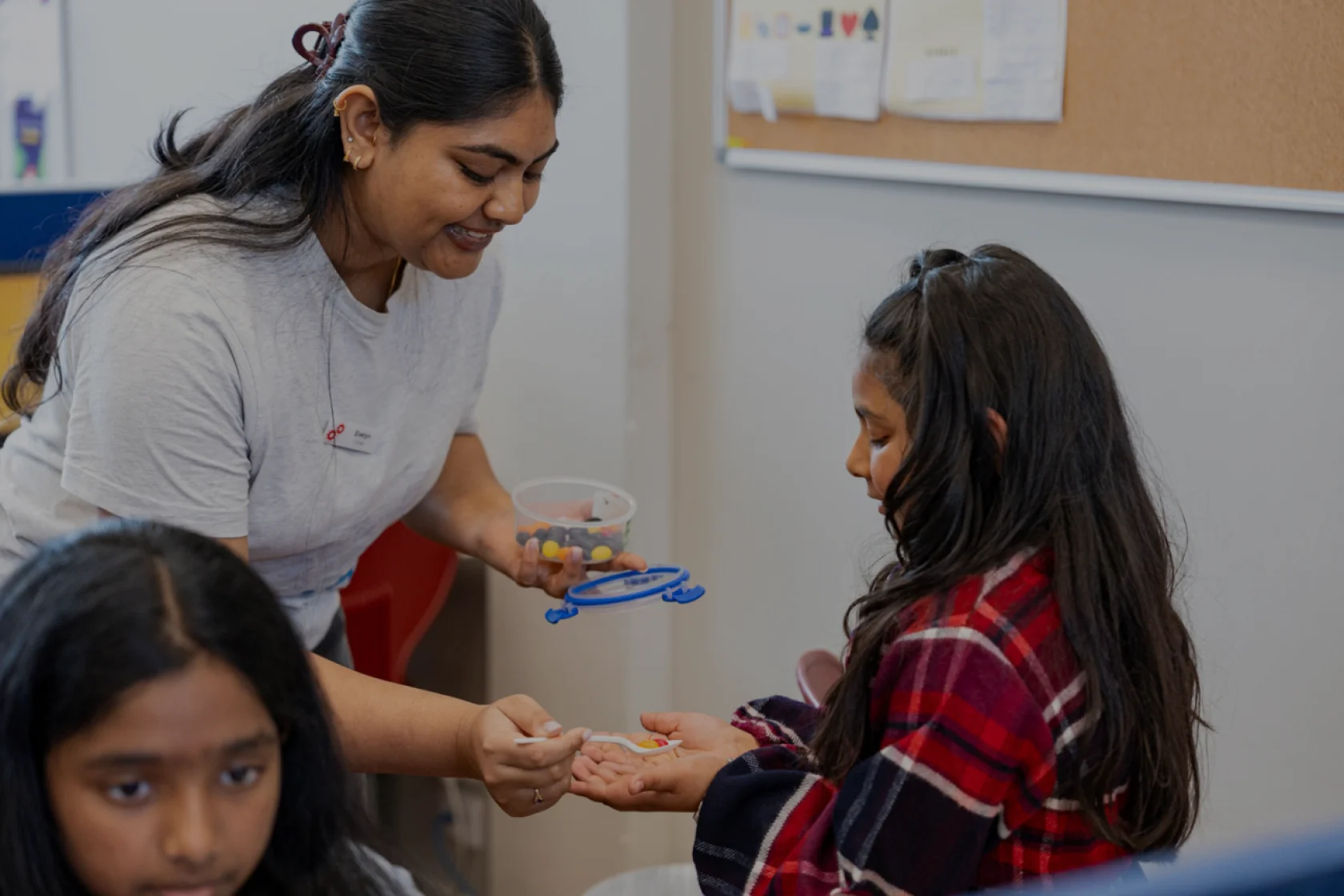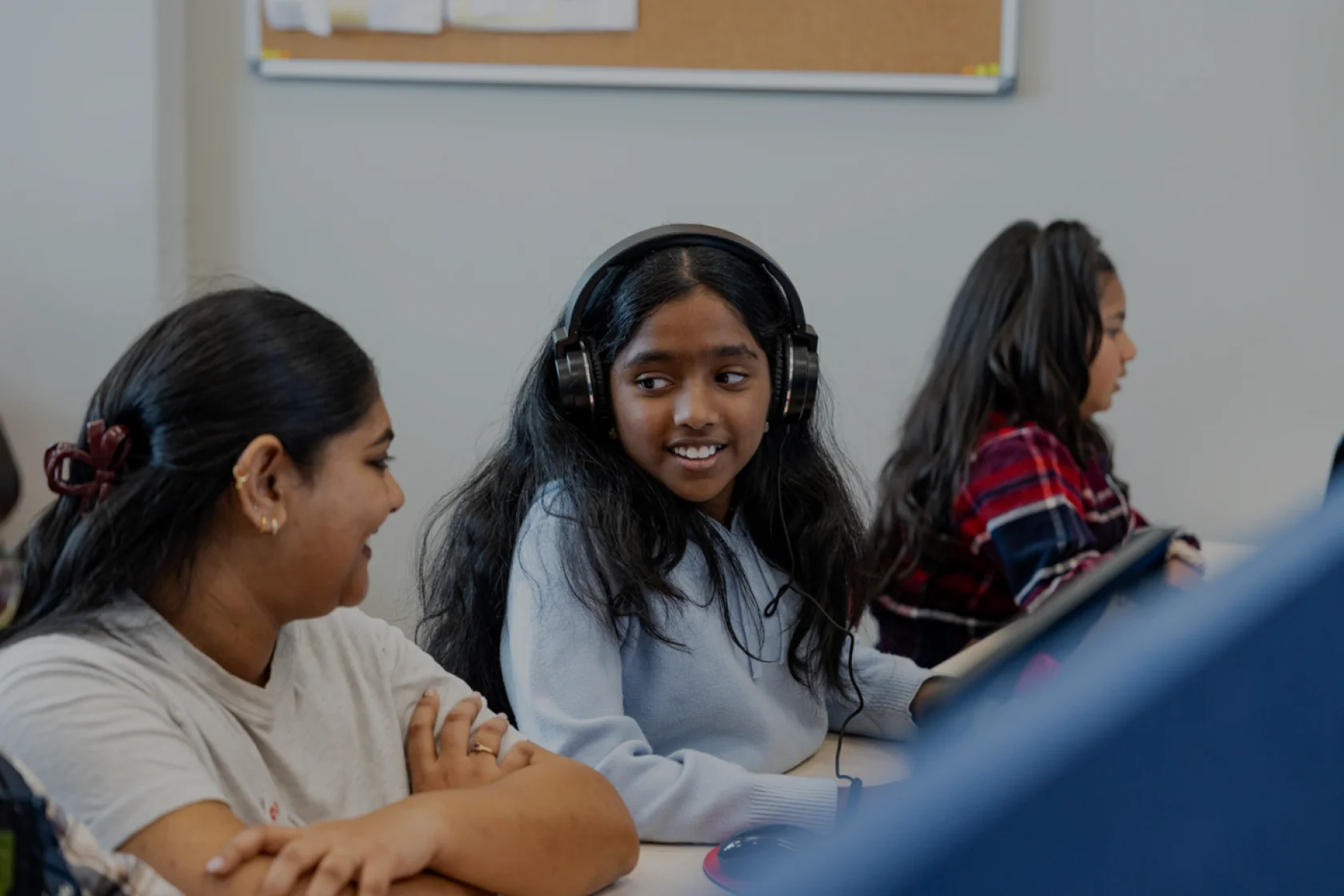8/27/2025
Paw-sitive Learning: What Your Pet Can Teach Your Child About Responsibility and Routine
For many families, a pet is more than just a furry friend. They’re a beloved member of the household. But beyond cuddles and companionship, pets offer something incredibly valuable for children: powerful life lessons. At NumberWorks’nWords, we know how important it is to nurture learning both inside and outside the classroom. Surprisingly, one of the best teachers your child might ever have could be the one wagging its tail at the front door.
In this blog, we’ll explore how caring for a pet can help children develop responsibility, routine, empathy, and essential life skills, all while strengthening the family bond.
 Developing a Sense of Responsibility
Developing a Sense of Responsibility
Owning a pet is a long-term commitment, and involving your child in day-to-day care helps them understand the importance of being reliable. Whether it’s feeding the cat, brushing the dog, or cleaning a rabbit’s hutch, assigning regular tasks gives children a sense of accountability. Rather than viewing chores as obligations, children begin to see how their efforts directly impact the wellbeing of another living being. This fosters a sense of purpose and self-worth. It's a subtle but effective way of building the foundation for future responsibilities, such as school assignments or household duties. Start small. Young children can refill water bowls or help with brushing, while older kids can take on walking schedules and feeding duties.
Learning Routine and Time Management
Pets thrive on routine and so do children. Feeding times, walks, bedtime, and other recurring moments help structure the day. When a child participates in a pet’s daily schedule, they naturally begin to develop time management skills. For instance, a child feeding the dog every morning before school and again at dinner time will learn about consistency and punctuality. They begin to associate time with action and responsibility, a useful skill when balancing schoolwork, extracurriculars, and rest.
These real-world tasks offer great learning opportunities. Time management can come from simple routines like feeding the dog at seven o’clock in the morning. Measurement skills are built when children scoop out the right amount of food. Routine awareness is reinforced when they remember to walk the dog after finishing their homework.
Building Empathy and Emotional Awareness
One of the most profound benefits of pet ownership is the emotional growth it encourages. Children quickly learn that pets have needs, feelings, and personalities. A tired or anxious pet requires gentle handling. A hungry pet needs patience if their food isn’t ready yet. This awareness fosters empathy, the ability to recognise and respond to others’ emotions. When a child notices that their dog is hiding during a thunderstorm or their kitten is squeaking for attention, they begin to interpret non-verbal cues, which is a crucial part of emotional intelligence.
As children experience the rewards of comforting a pet or earning their trust, they start to understand that kindness and patience lead to connection. This lays the groundwork for healthy relationships with people too.
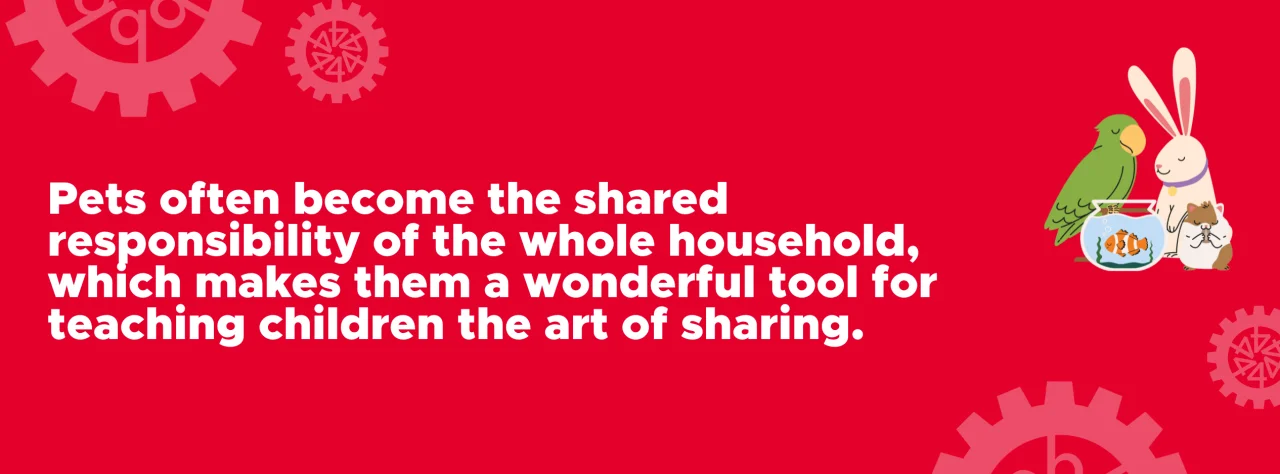 Understanding Teamwork and Sharing
Understanding Teamwork and Sharing
Pets often become the shared responsibility of the whole household, which makes them a wonderful tool for teaching children the art of sharing. This includes not just toys or snacks, but time, effort, and attention. If one sibling is in charge of walking the dog and another feeds the cat, children learn to coordinate and respect each other’s roles. Over time, they’ll understand that teamwork helps keep things running smoothly. This idea naturally extends into group work at school, sports teams, and family life. Sharing also applies to affection. A child may love being the one to cuddle the dog, but will need to learn that pets also bond with other family members. This helps children develop a healthy sense of social balance and emotional resilience.
Improving Communication Skills
Training a pet, even with basic commands like sit or stay, teaches children the importance of clear and consistent communication. Pets respond best to calm, direct cues, and over time, children learn how their tone, body language, and timing affect results. This gives kids an early understanding of how communication is not just about talking, but about being understood. In training, they also discover the power of encouragement and reinforcement, learning that positive feedback is more effective than punishment. These are valuable lessons they can carry into school and relationships with peers.
Staying Active and Building Healthy Habits
In a digital age where screen time often outweighs outdoor play, pets provide a great excuse to get moving. Dogs in particular need regular walks, which gives children a reason to spend time outside, get fresh air, and enjoy physical activity. But activity doesn’t stop at walking. Playing fetch, training with treats, or running in the yard are all shared moments of exercise that benefit both physical and mental health, for pets and children alike. Encouraging your child to take part in these activities builds stamina, promotes better sleep, and develops an early appreciation for healthy habits.
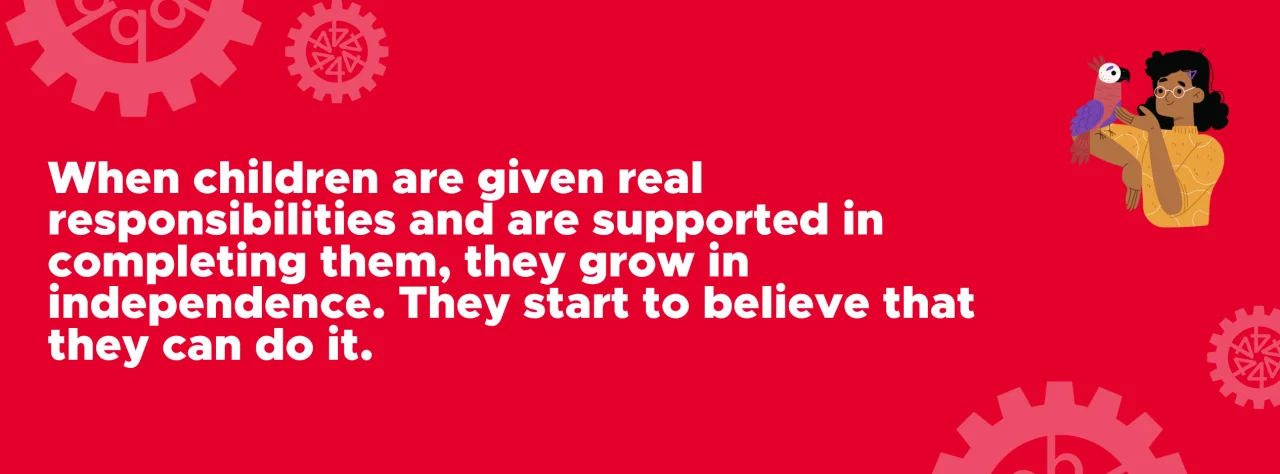 Boosting Confidence and Independence
Boosting Confidence and Independence
Successfully caring for a pet, whether that’s remembering to feed the fish or teaching a dog a new trick, gives children a sense of accomplishment. It helps them feel capable and trusted, which builds confidence. When children are given real responsibilities and are supported in completing them, they grow in independence. They start to believe that they can do it. And that belief often carries over to the classroom, friendships, and new challenges.
Conclusion
At NumberWorks’nWords, we believe learning happens everywhere. Not just in books or at school, but in daily life and relationships. Pets are more than lovable companions. They are teachers in their own right. By caring for a pet, children learn about routine, empathy, communication, and the importance of responsibility, all essential skills that support their academic and personal development. So next time your child is filling the food bowl, taking the dog for a walk, or comforting a nervous kitten, remember that they’re not just helping a pet. They’re building lifelong skills, one paw-sitive moment at a time.

